Piriformis Syndrome is a condition that affects people of all ages and backgrounds. It is caused by the compression of the sciatic nerve in the buttocks region by the piriformis muscle. The sciatic nerve, which is one of the largest nerves in the body, runs from the lower back, through the buttocks, and down each leg. Compression of the nerve can cause a tingling or burning sensation, and in severe cases, can lead to numbness in the leg or foot.
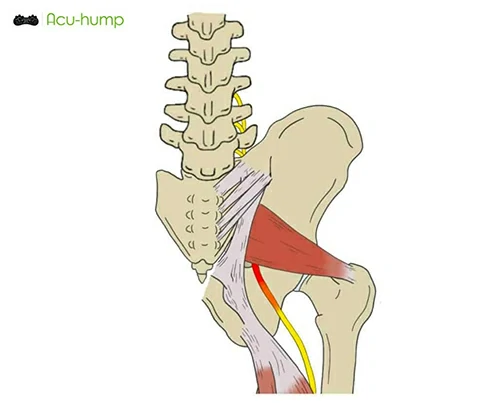
This condition can be debilitating and impact the ability to carry out activities of daily living. It can cause significant physical and emotional stress, affecting one’s overall well-being.
Early diagnosis and fixing of piriformis syndrome are crucial to prevent the progression of the condition and improve the quality of life of affected individuals. Therefore, it is essential to recognize the signs and seek professional medical care as soon as possible.
Causes of Piriformis Syndrome
The issue is a multifactorial condition, which means that several factors may contribute to its development. Overuse activities that involve repetitive motion, such as running, jumping, or bicycling, can cause muscle imbalances and inflammation in the piriformis muscle, leading to compression of the sciatic nerve. These activities may put excessive strain on the piriformis muscle, causing it to become tight and inflamed.
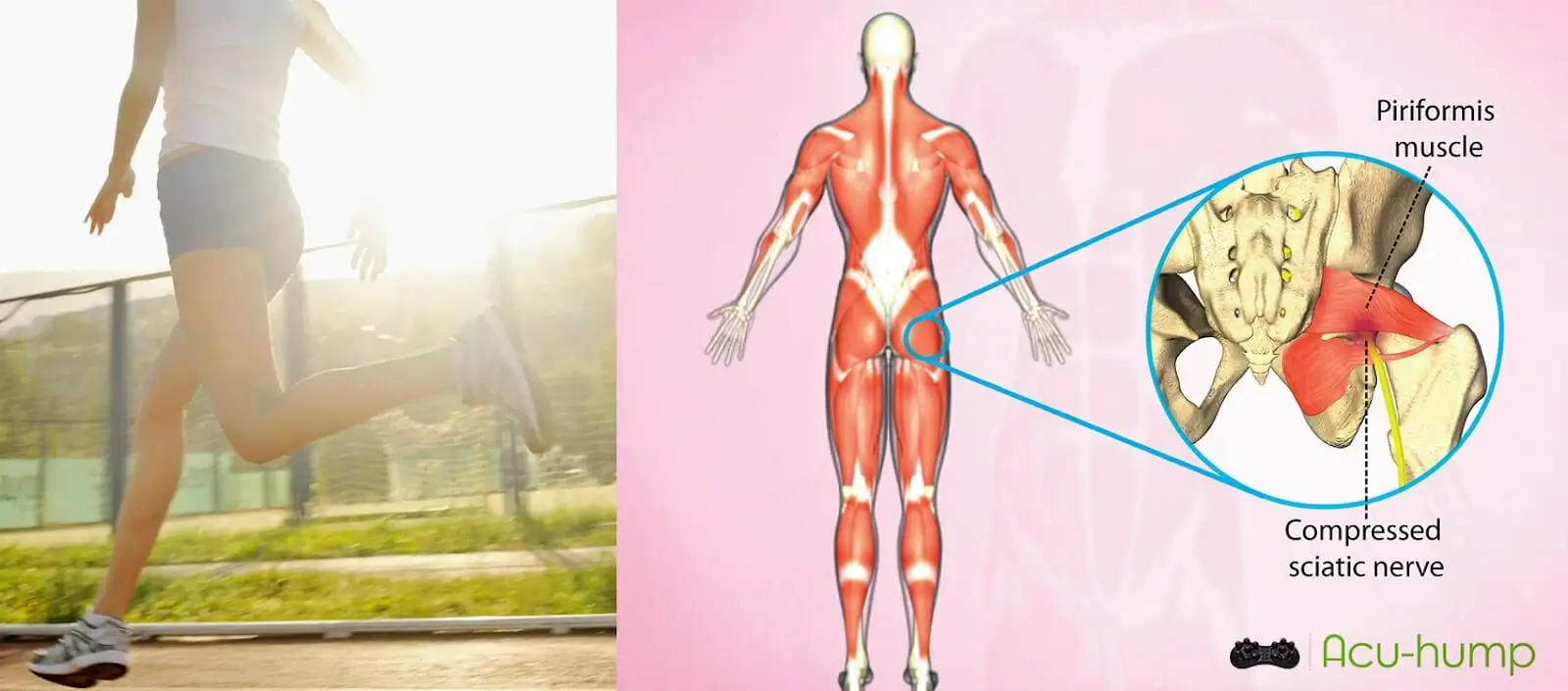
Injuries or trauma to the piriformis muscle can also lead to the development of piriformis syndrome. Trauma to the muscle, such as a direct blow to the buttocks, can cause it to become inflamed and painful, leading to compression of the sciatic nerve. Bad posture and prolonged sitting, especially in an office chair or car seat, can cause muscle imbalances and weakness in the buttock muscle. This can lead to compression of the sciatic nerve, causing piriformis syndrome.
Certain occupations or activities may increase the risk of developing piriformis syndrome. Athletes who engage in sports that require repetitive movements or jumping, such as basketball or running, are at risk for developing this condition. Similarly, office workers who spend long hours in a seated position are also at risk because prolonged sitting can cause muscle imbalances and weakness.
It is crucial to recognize the risk factors associated with piriformis syndrome and engage in preventive measures to reduce their likelihood. These measures may include taking frequent breaks from prolonged sitting, maintaining good posture, warming up before engaging in physical activity, and incorporating stretching exercises into daily routines.
Diagnosis
Tests for piriformis syndrome are an essential part of the diagnosis process for this condition. There are various tests that doctors may perform to determine if an individual has piriformis syndrome. One of the most common tests is the FAIR (flexion, adduction, and internal rotation) test. Another test used to diagnose is the Pace’s test.
Imaging tests, such as MRI or X-ray, may also be used to diagnose and rule out other possible conditions that may be causing the symptoms. These tests are an essential part of the diagnostic process and help doctors determine the most effective treatment plan for the individual.
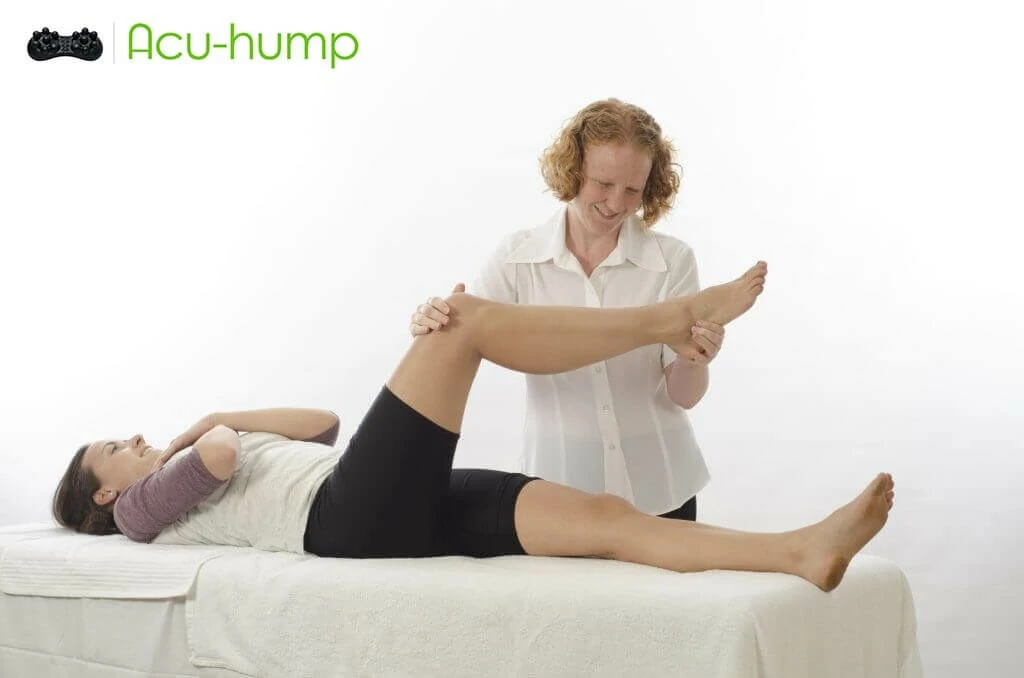
Traditional Treatment Options
Traditional Piriformis Syndrome treatment options are often aimed at reducing pain and inflammation, improving muscle flexibility, and strengthening the affected area. Rest, ice, and heat therapy are commonly used to reduce inflammation and alleviate pain. Over-the-counter pain medications, such as ibuprofen or acetaminophen, may also be helpful in managing pain associated with Piriformis Syndrome.
Physical therapy is another effective treatment option for Piriformis Syndrome. A physical therapist can help an individual develop a personalized exercise program aimed at strengthening the affected area, improving flexibility, and reducing pain. This may include exercises that stretch and strengthen the piriformis muscle, as well as other surrounding muscles.
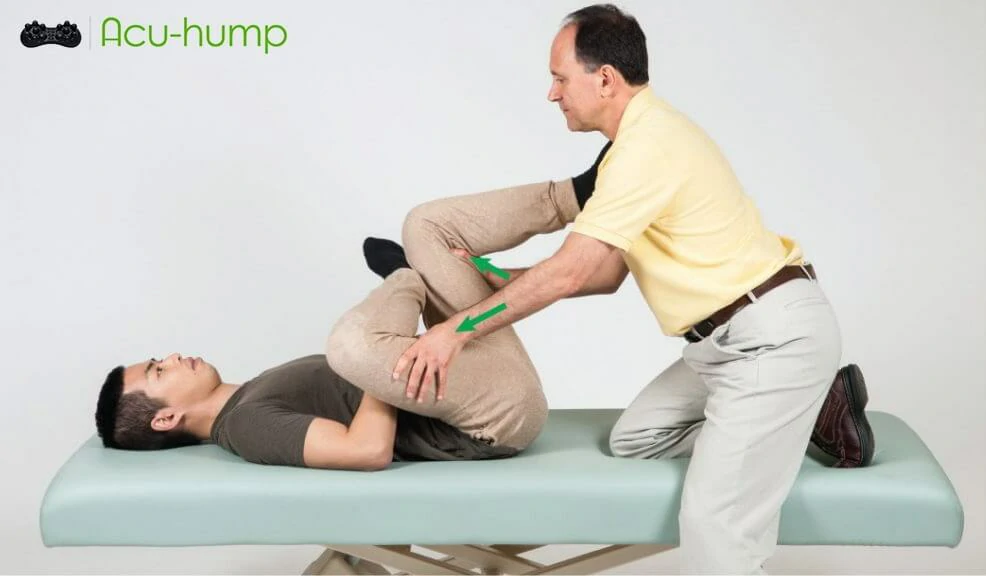
In some cases, surgical intervention may be necessary to treat the discomfort. Surgery is typically reserved for individuals who have not seen improvement with traditional treatment options. During the surgical procedure, the piriformis muscle may be lengthened or released, relieving pressure on the sciatic nerve.
While traditional treatment options can be effective, they have limitations. For some people, these treatments may not be enough to provide significant improvement. Additionally, there may be side effects associated with pain-relieving medication, and surgical intervention is often considered a last resort due to its associated risks.
As a result, many people have turned to alternative therapies to help manage the discomfort. These may include the Acu-hump.
Acu-hump Piriformis Release Tool
Using Acu-hump is simple and straightforward. It involves sitting on the device with the affected area placed on the Acu-hump, adjusting the pressure to individual preference, and applying massage and stretching techniques. Regular use of Acu-hump offers sustained release of muscle knots and soreness.

Acu-hump: 30-day return policy. No risk for you.
Acu-hump is an effective and convenient way to alleviate uncomfortable. It is a non-invasive approach that provides targeted pressure and massage to the affected area, leading to quick recovery.
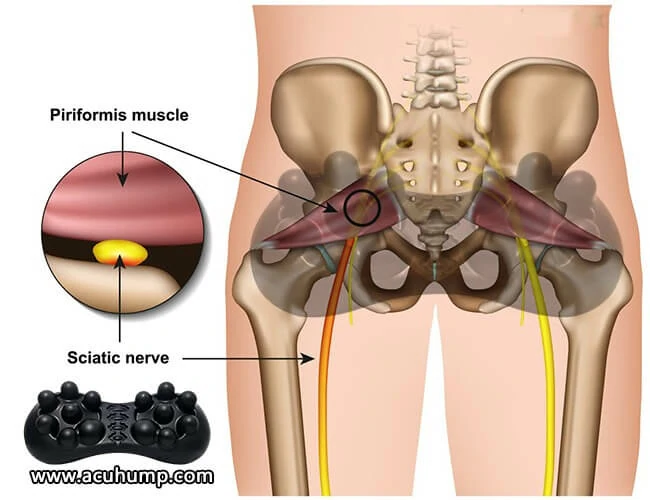
Acu-hump: Full refund policy. No risk for you.
Acu-hump is the best piriformis massager. Incorporating Acu-hump into treatment plans can significantly improve the quality of life of affected individuals.
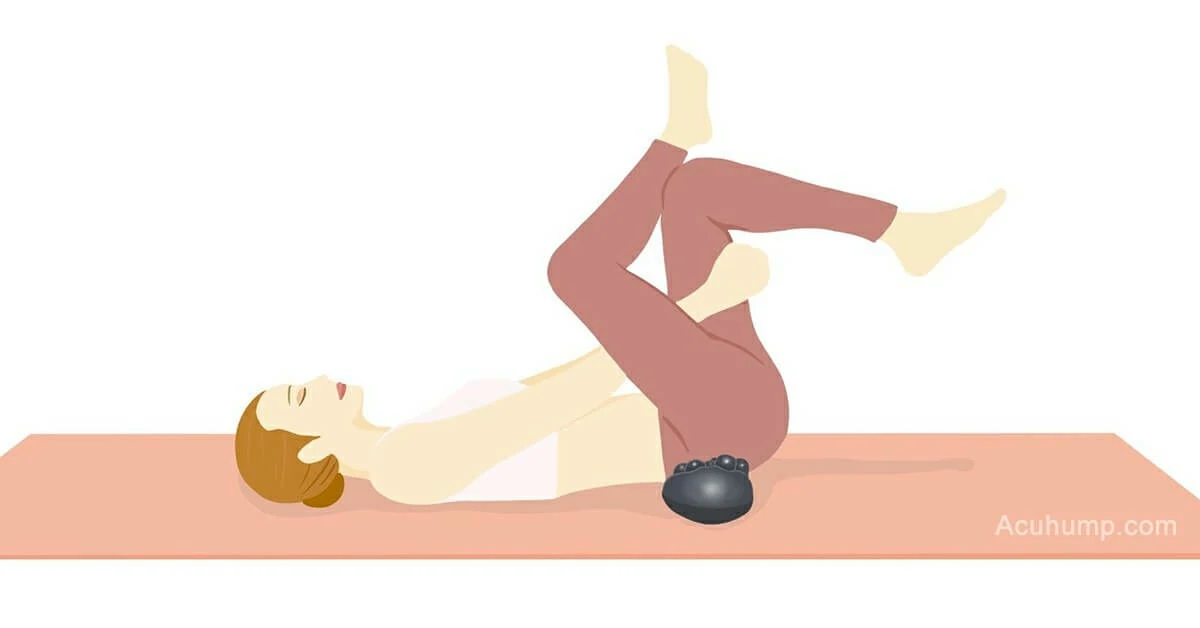

Acu-hump®
Release Butt & Lower Back
Additionally, individuals can develop healthier habits and preventative measures to reduce the risk of experiencing piriformis syndrome. It is crucial to seek professional medical guidance for proper diagnosis and treatment options.
Incorporating Acu-hump into treatment plans can significantly improve the quality of life of affected individuals. Additionally, individuals can develop healthier habits and preventative measures to reduce the risk of experiencing discomfort. It is crucial to seek professional medical guidance for proper diagnosis and treatment options.
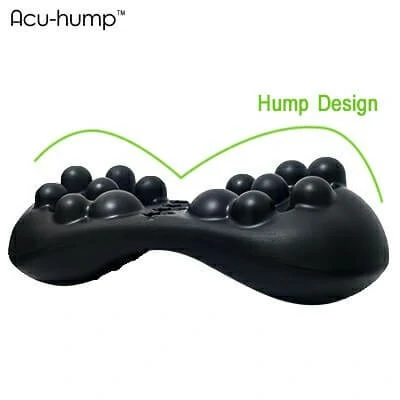
Acu-hump: 30-day return policy.
You have no risk.
